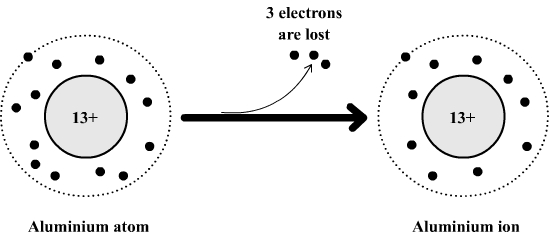

The AW 1 was a cool gadget at the time, but the battery life in particular was disappointing, and I couldn't swim or shower with the watch. For the casual user this is fine I thinkĪfter selling my Apple Watch 1, I hesitated between the Watch 4 and the Fitbit charge 3. If you're really serious about sports and exercise and you care what your average swimming speed was, you can also take something else, but I'm happy when I went swimming. For me, I get everything I want out of it and I get the insights I wanted.
#Aluminum charge software
Or you are lazy, like me, and sit on the couch watching TV and stay put.Ĭonclusion: Everything that is wrong with it I think is software, and software can be updated and I suspect that it will. If you get a reminder that you haven't moved that hour or haven't made your steps for that day yet, that could be just that push you need to walk another round. This can really help but ultimately the power of this is memory and you have to do it yourself. You can set goals about number of steps, active minutes, hours you want to be active (take 250 steps every hour). What I really liked about him is running, there the data is just beating and clearly and it gives nice extra insights about average speed and distance and things like that that I would almost start running more of.įurthermore, it is of course the intention of the thing that you become extra active. But I would only have burned 99 calories so something is not right there. My fitbit thought I did 90 laps in those 56 minutes, I don't know how many I did but that would be 1.5 laps per minute and I'm really not that fast. I recently tried swimming for the first time, because that is possible, because it is waterproof, but here it was not very strong either (understatement) I had swam for 56 minutes. This of course also affects things like calories you would have burned, but I don't take this too seriously so I don't mind. Still, sometimes it indicates that I have climbed ten flights of stairs in a day (one day it even indicated 40, while it was 0). I live on the ground floor and only have classes on the ground floor so there are no stairs in my life most days. A great example here is climbing stairs, I don't walk stairs. Personally not a big deal for me but I imagine you'll sort of get there. Software is not quite perfect yet, I had already seen this in other reviews. Biggest advantage for me is sleep tracking I just really like to see and know more about it (for example I don't sleep as much as I thought actually), the silent alarm clock is great too I didn't think it would wake me up but never slept through and super nice for my partner who doesn't have to wake up from my alarm clock. The effective charge implied by the charge state distribution is found to be consistent with the effective charge as given by the empirical formula.To start with: battery life is amazing just hooked up to the charger after 8.5 days (day!) of non-stop use. By an independent analysis of the spectrograph data the equilibrium distribution of charge states in the O 16 beam is determined as a function of emergent beam energy. A simple empirical formula is found for the effective charge of an ion as a function of its velocity which is consistent with the deviations of the observed range-energy curves and presumably can be used to predict the range-energy curves for ions not investigated experimentally. For heavier ions, deviations in the curve shape do occur.

No detectable difference is found between the shape of the range-energy curve for He 4 ions and for protons. In the analysis the shape of the heavy-ion range-energy curve is compared with the accurately known shape of the proton range-energy curve (using the conversion factor Δ R = m Z p 2 ( m p Z 2 ) − 1 Δ R p) and the differences in shape are attributed to deviations of the effective charge of the ion from its nuclear charge.

While the absolute accuracy of the range measurements is approximately ☑ mg/ cm 2, the range difference R ( E 0 ) − R ( E ) is measured (as a function of E) with a typical accuracy of ☐.1 mg/ cm 2. The results can be interpreted as measurements of the range-energy relation for heavy ions. Accurate measurements of the mean emergent ion energy as a function of absorber thickness are reported for beams of He 4, B 10, B 11, C 12, N 14, O 16, F 19, and Ne 20 ions with emergent energies in the range 10 > E m > 1 Mev/amu. Heavy-ion beams of fixed initial energy ( E 0 m ≈ 10 Mev/amu) are passed through aluminum absorbers of known thickness, and the emergent ions are analyzed by means of a magnetic spectrograph to determine their charge and energy distributions.


 0 kommentar(er)
0 kommentar(er)
